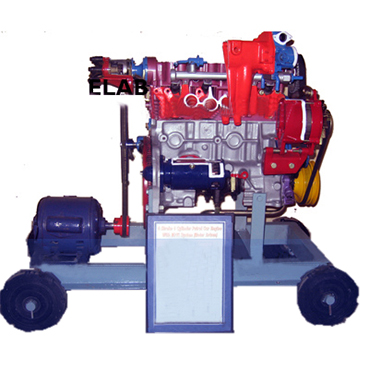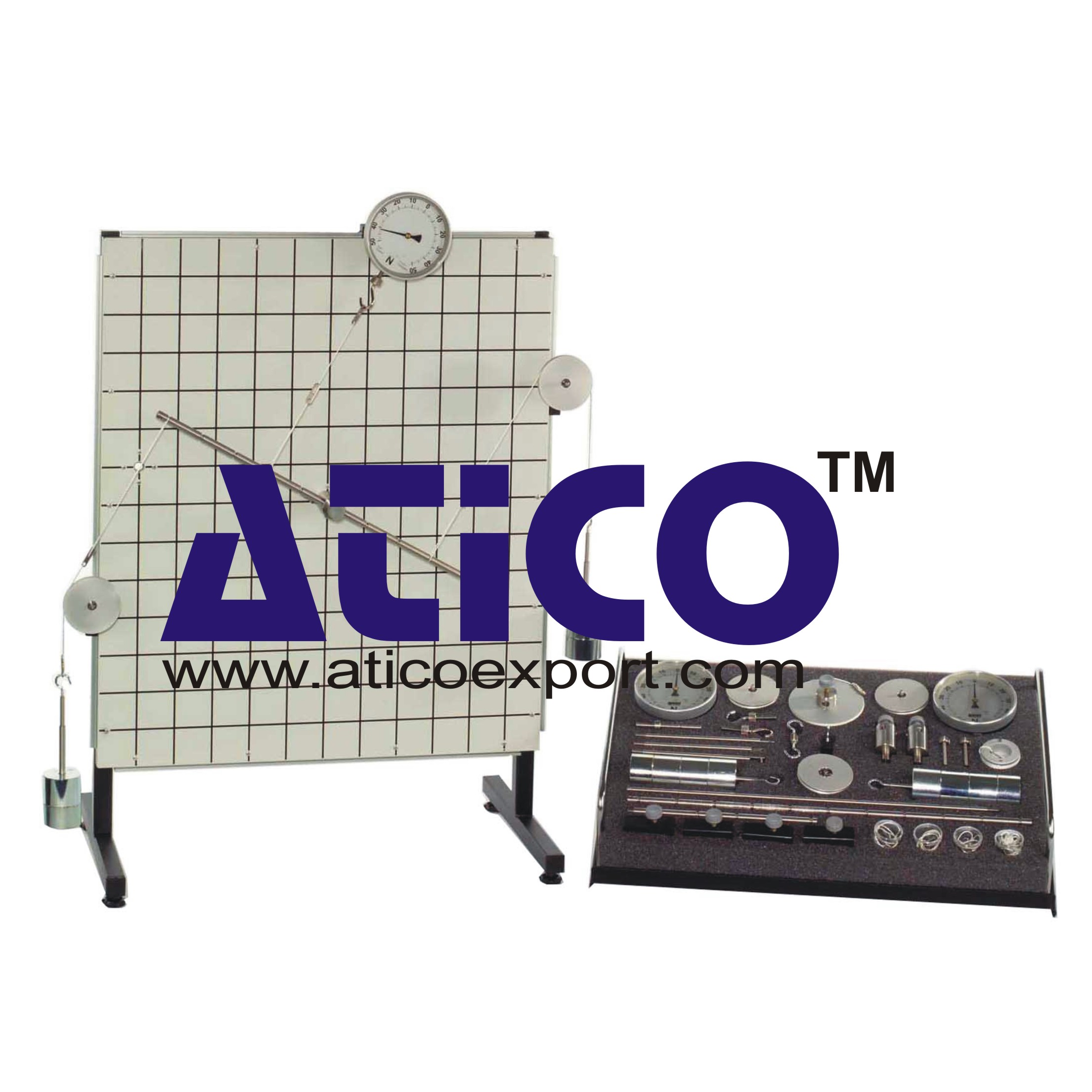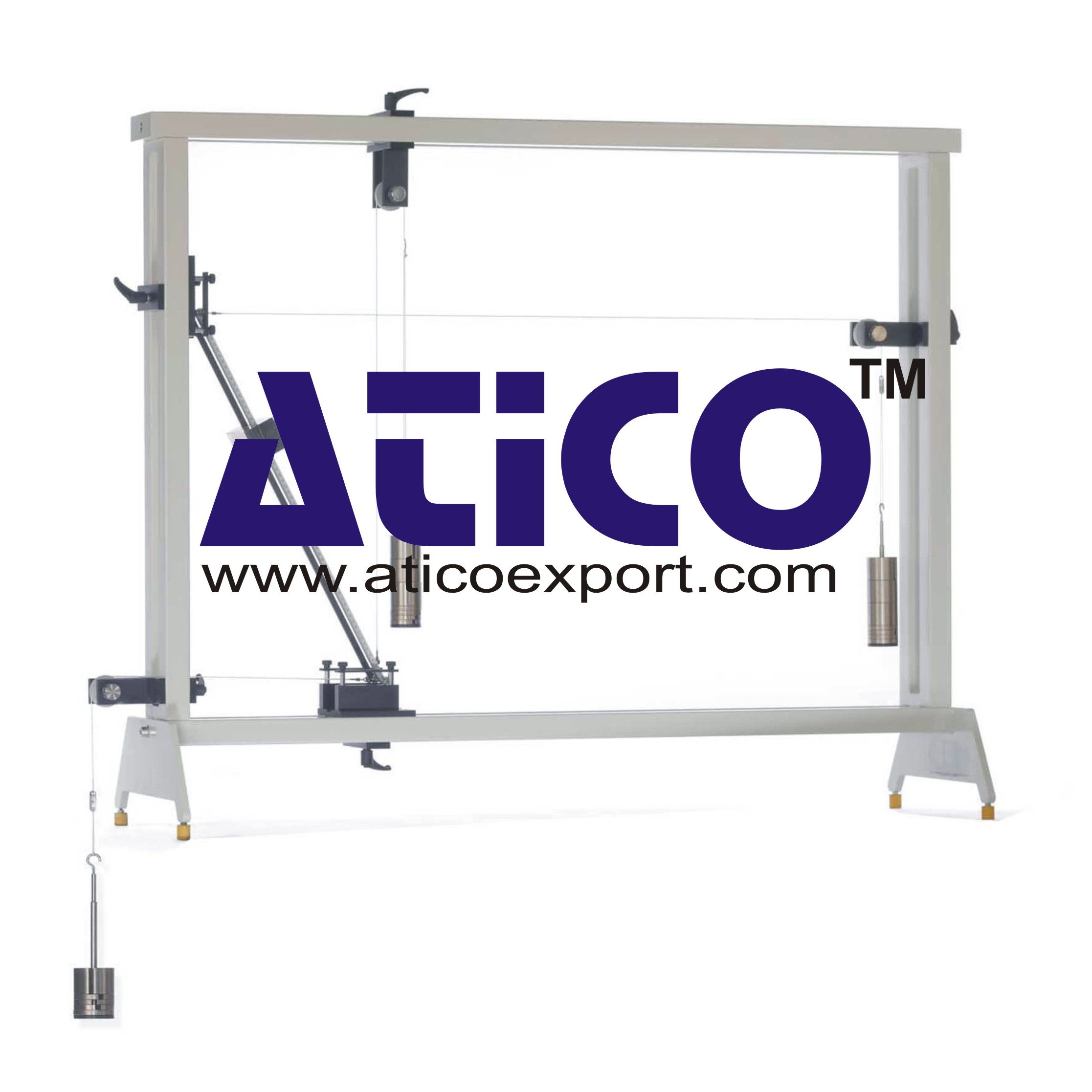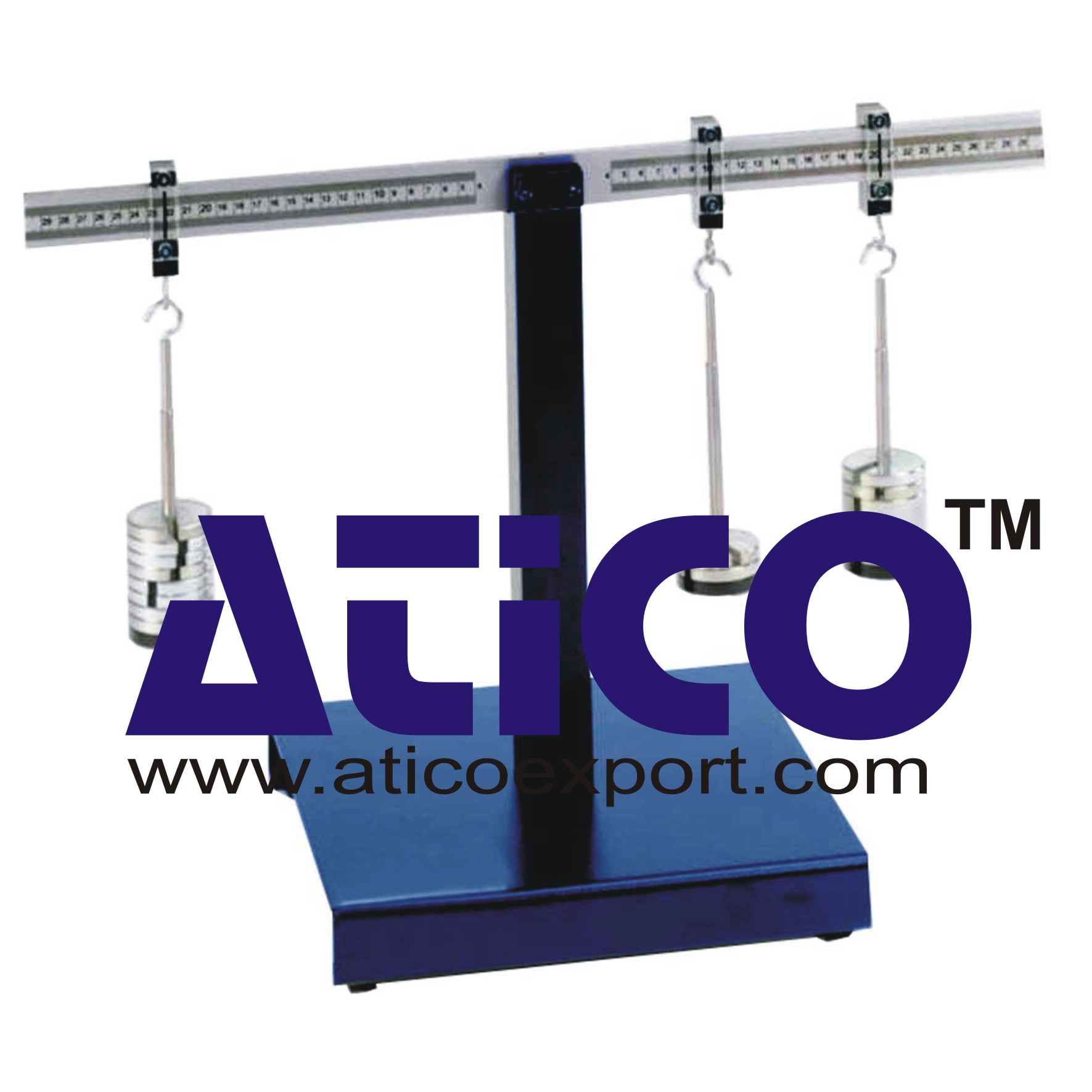Pelton and Francis Turbine
Categories: Engineering Lab EquipmentAction turbines operate according to the principle of equal pressure. The static pressures at the inlet and at the outlet of the rotor are equal.The experimental unit is placed upon the base unit. The...
Product
Description
Action turbines operate according to the principle of equal pressure. The static pressures at the inlet and at the outlet of the rotor are equal.
The experimental unit is placed upon the base unit. The two units together provide the basic experiments to get to know the operating behaviour and the most important characteristic variables of action turbines.
The water jets are discharged at high velocity from the four nozzles of the distributor. The water jets are deflected in the rotor and put it in motion. The axially discharged water from the rotor can be observed.
Learning Objectives/Experiments
Principle of operation of an action turbine
Characteristic curves at constant head
Relationship between torque and speed
Efficiency dependent on speed
Flow rate dependent on speed
Hydraulic power and mechanical power dependent on speed
Evaluation of measuring values and characteristics based on the theory
Partial load behaviour with controlling the number of nozzles in comparison to throttle control
Specification
Turbine to place upon the base unit
Functioning and operating behaviour of an action turbine
Transparent housing for observing the rotor
Distributor with 4 nozzles, active nozzles adjustable by valves
Constant pressure of the turbine represents in practice the head and is adjusted
Turbine load using the wear-free and adjustable eddy current brake
Force sensor to determine the torque on turbine shaft
Optical speed sensor for measuring the turbine speed
Water supply, flow rate measurement and unit-specific software data acquisition and operation
Technical data
Turbine
power output: approx. 28W at 3600min-1
rotor diameter: 50mm
Measuring ranges
torque: 0…0,5Nm
speed: 0…9000min-1
quick overview :
Action turbines operate according to the principle of equal pressure. The static pressures at the inlet and at the outlet of the rotor are equal.
The experimental unit is placed upon the base unit. The two units together provide the basic experiments to get to know the operating behaviour and the most important characteristic variables of action turbines.
The water jets are discharged at high velocity from the four nozzles of the distributor. The water jets are deflected in the rotor and put it in motion. The axially discharged water from the rotor can be observed.
Learning Objectives/Experiments
Principle of operation of an action turbine
Characteristic curves at constant head
Relationship between torque and speed
Efficiency dependent on speed
Flow rate dependent on speed
Hydraulic power and mechanical power dependent on speed
Evaluation of measuring values and characteristics based on the theory
Partial load behaviour with controlling the number of nozzles in comparison to throttle control
Specification
Turbine to place upon the base unit
Functioning and operating behaviour of an action turbine
Transparent housing for observing the rotor
Distributor with 4 nozzles, active nozzles adjustable by valves
Constant pressure of the turbine represents in practice the head and is adjusted
Turbine load using the wear-free and adjustable eddy current brake
Force sensor to determine the torque on turbine shaft
Optical speed sensor for measuring the turbine speed
Water supply, flow rate measurement and unit-specific software data acquisition and operation
Technical data
Turbine
power output: approx. 28W at 3600min-1
rotor diameter: 50mm
Measuring ranges
torque: 0…0,5Nm
speed: 0…9000min-1
Product
Reviews
add Review
reviews
No Review Yet.
Copyrights © 2025 All Rights Reserved by Atico














Product
Reviews
add Review
reviews
No Review Yet.